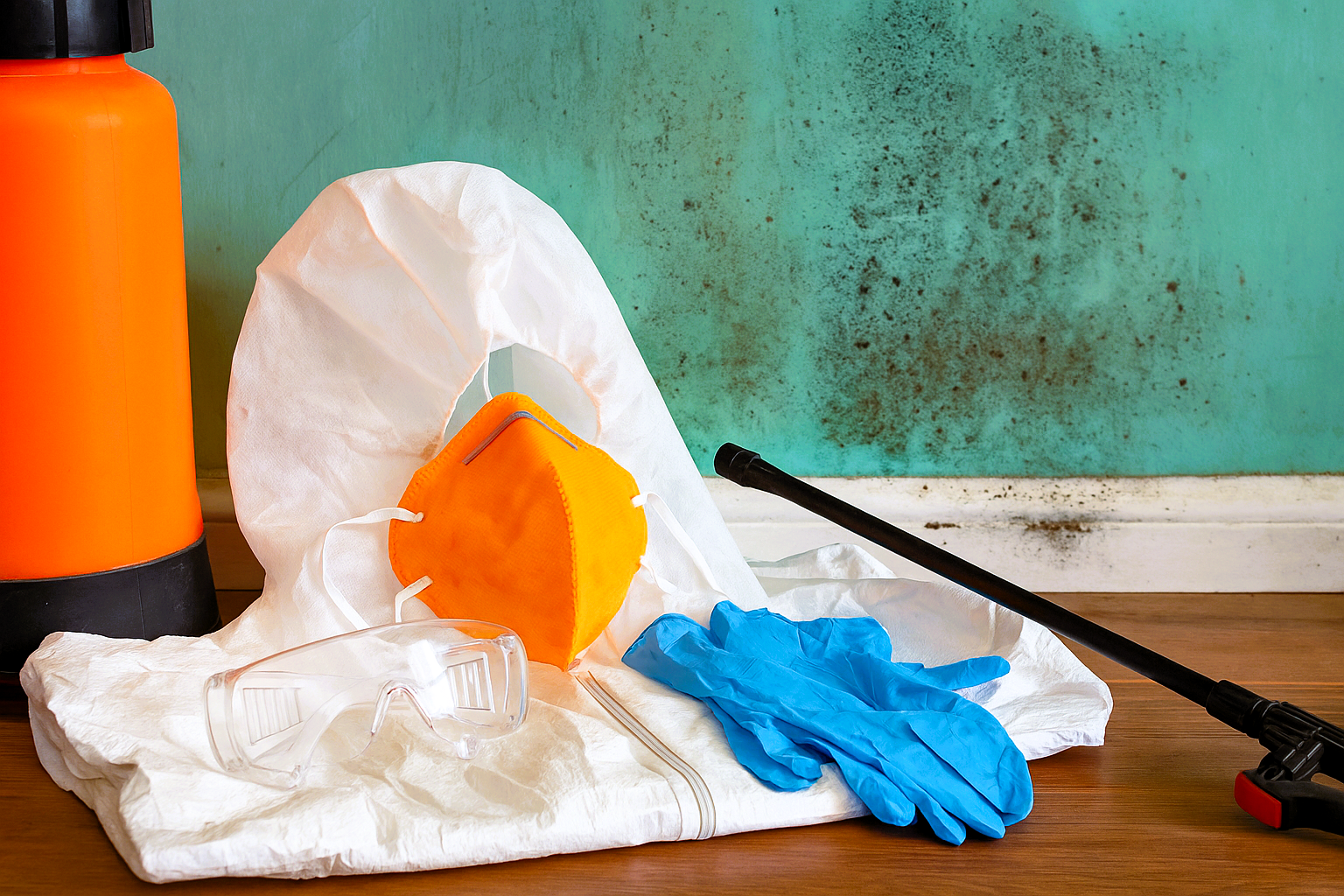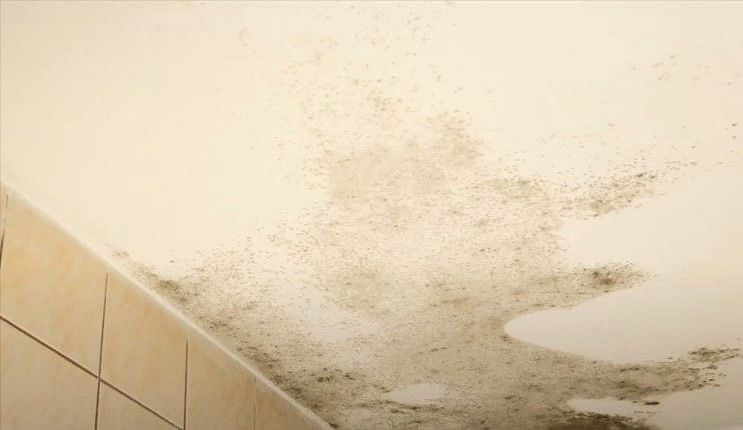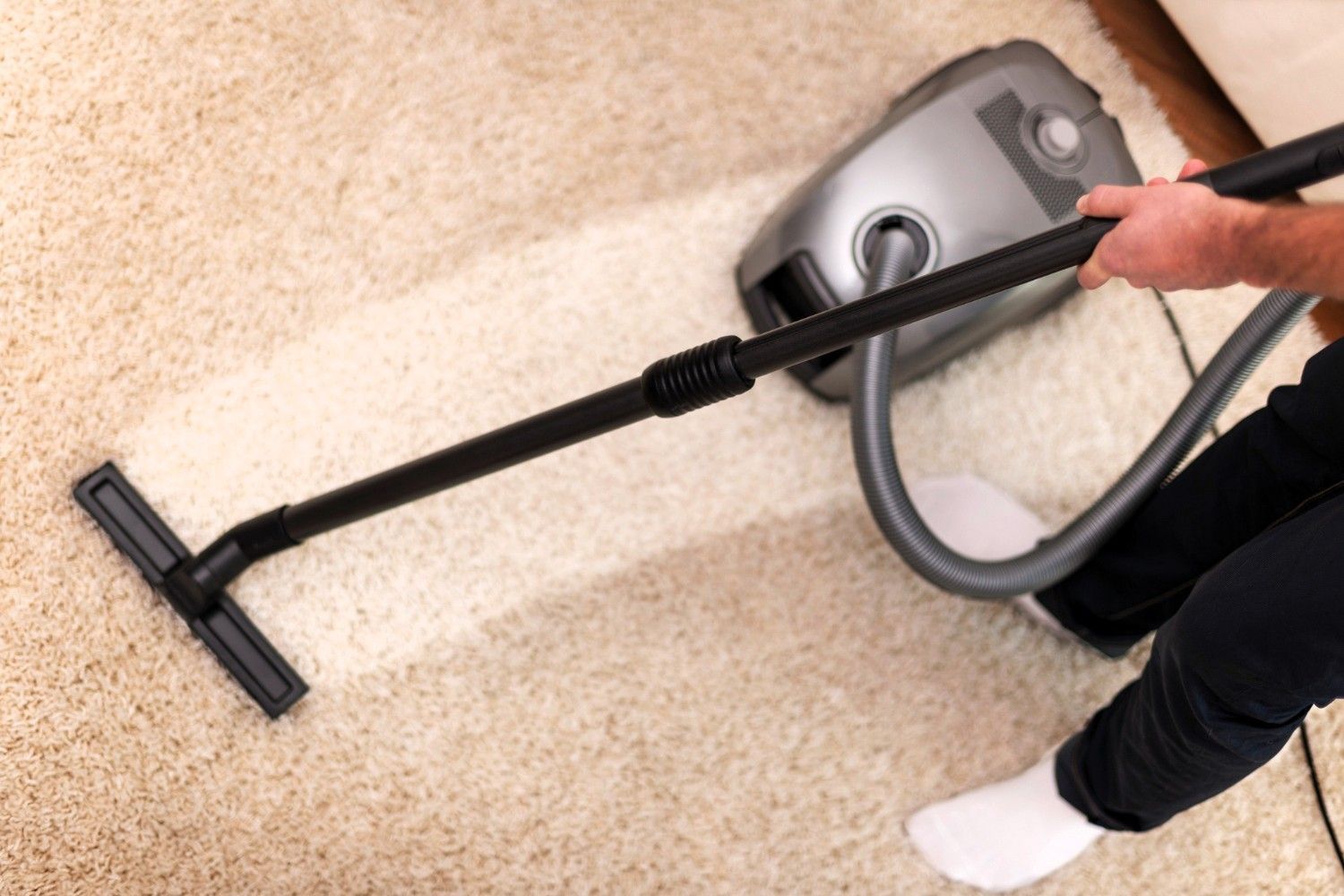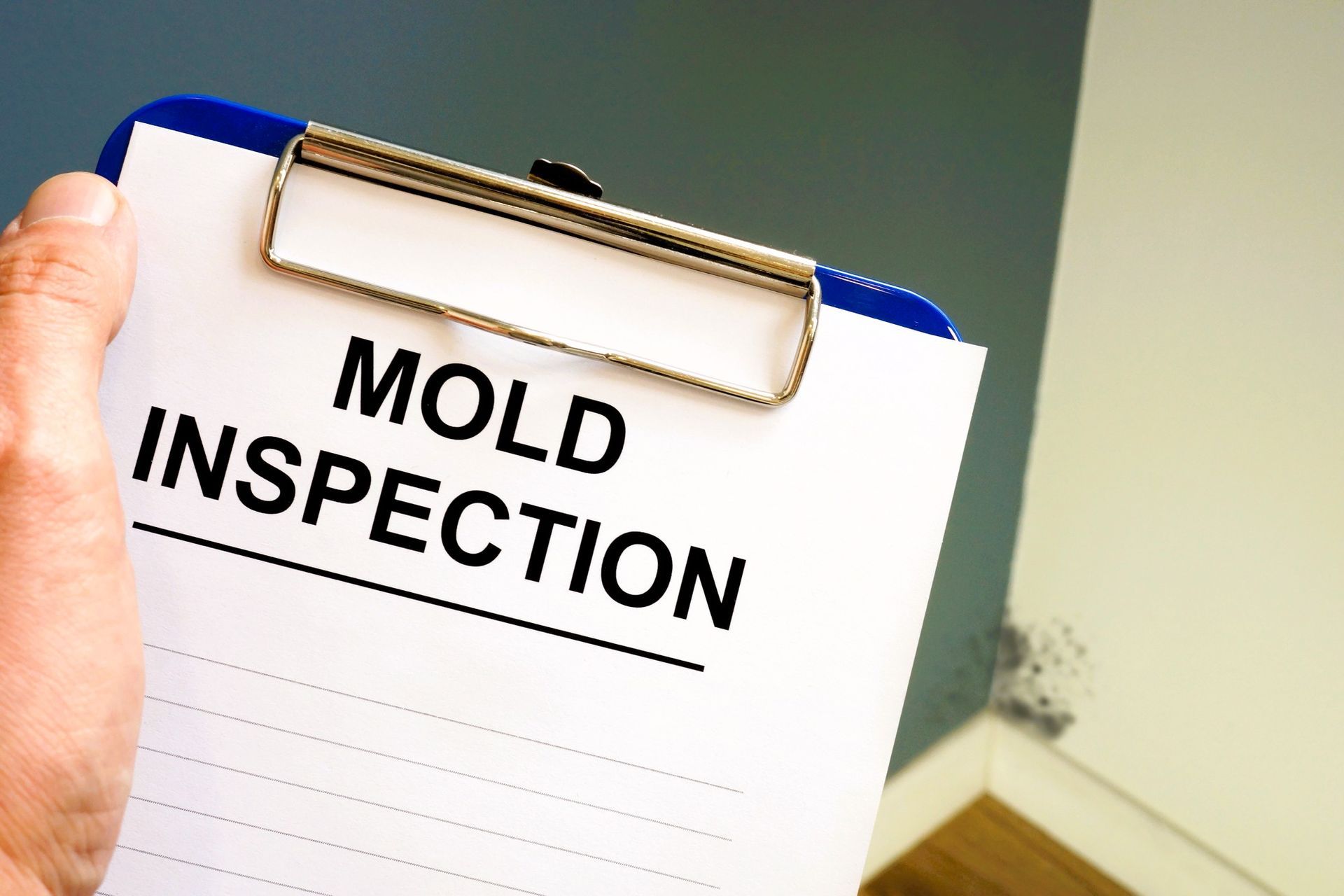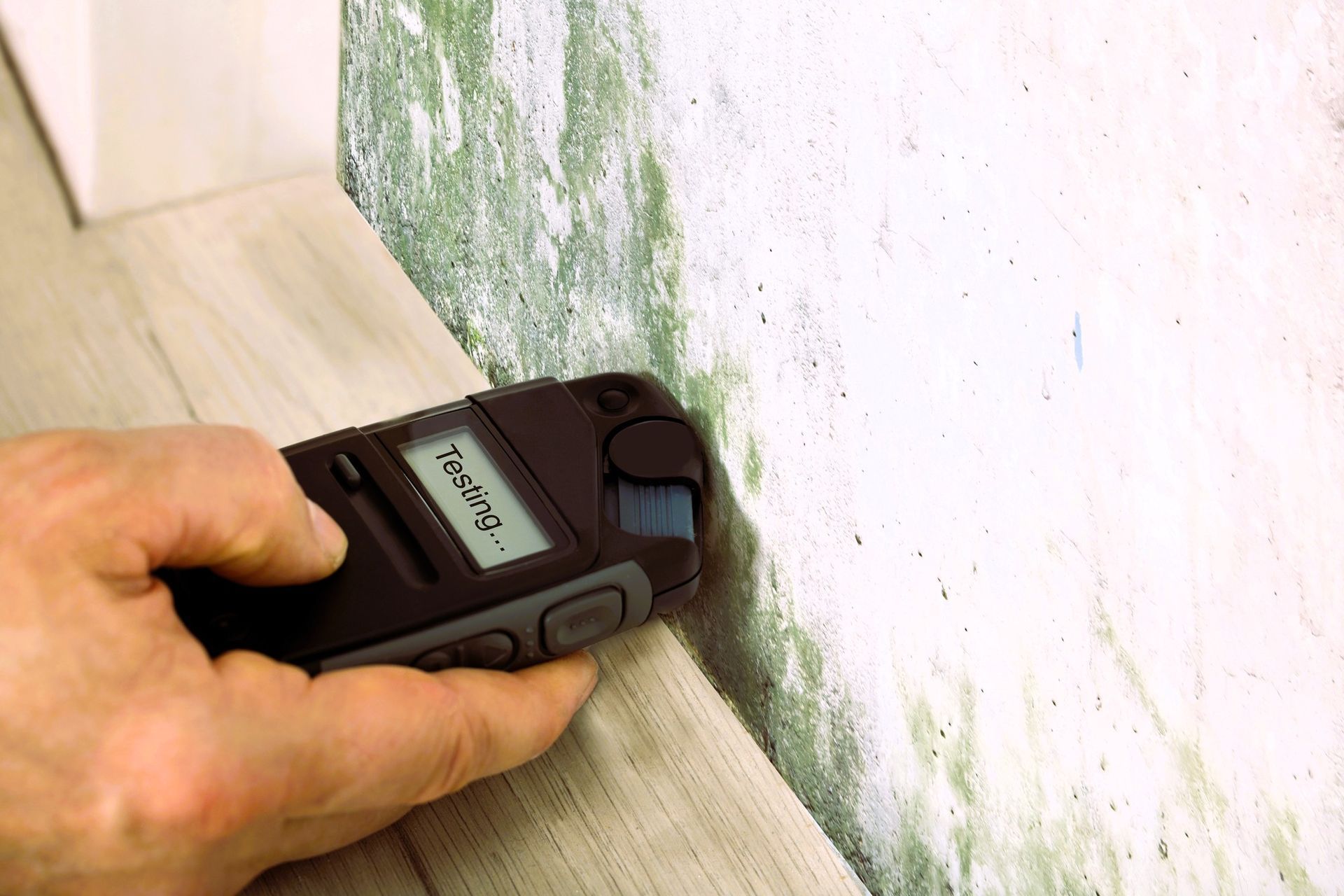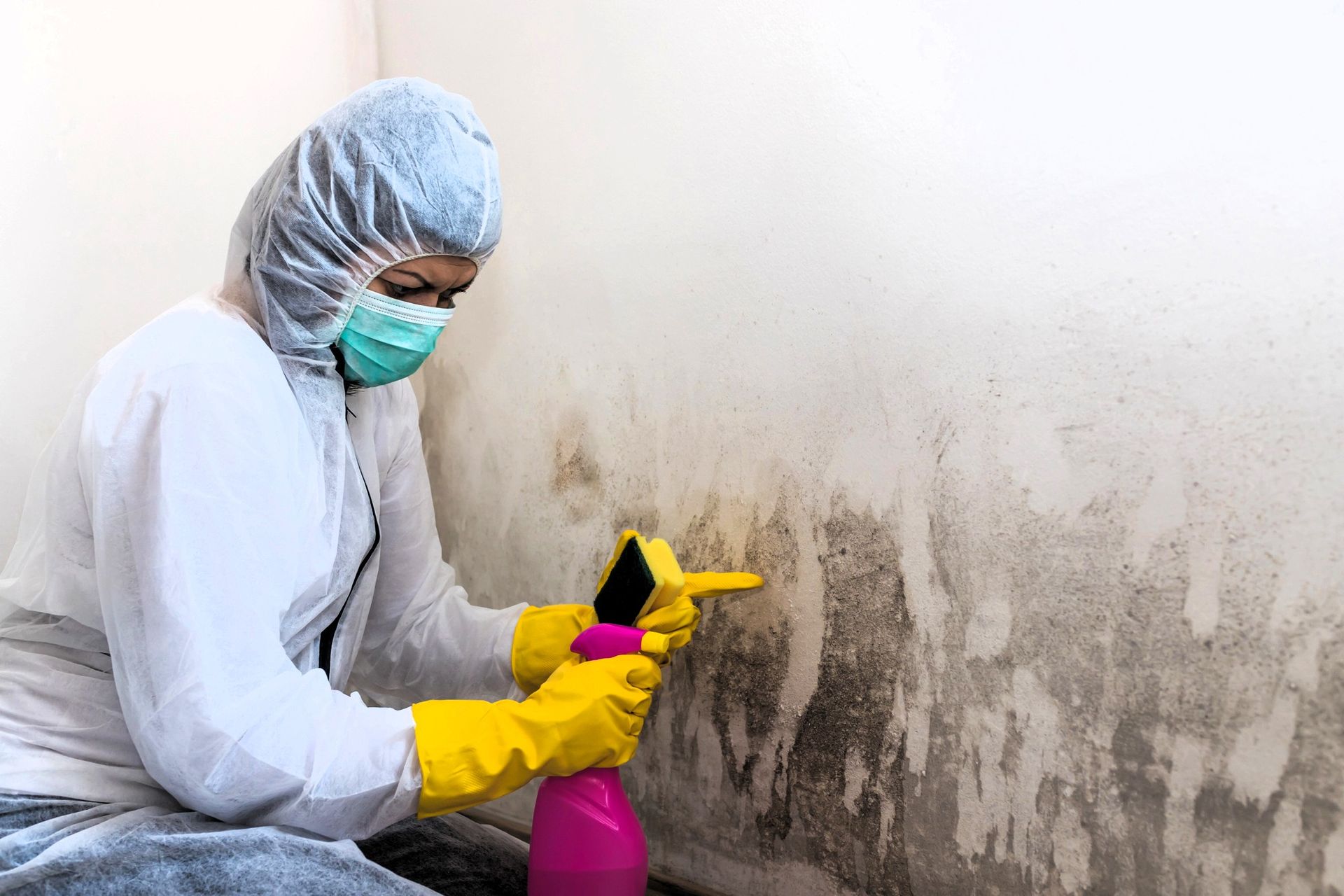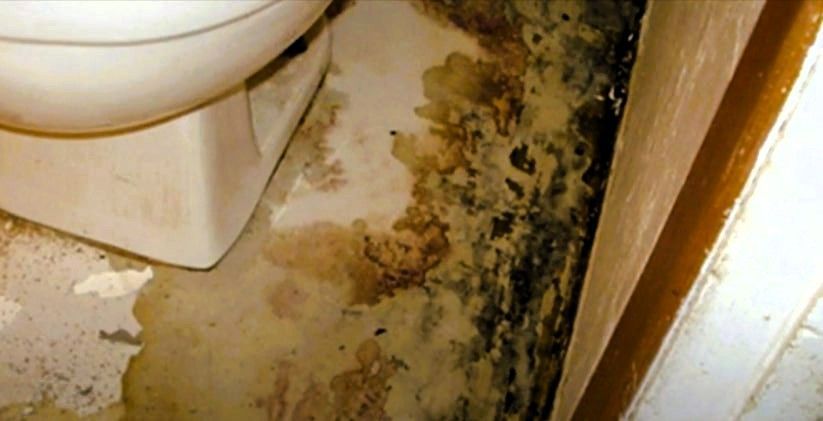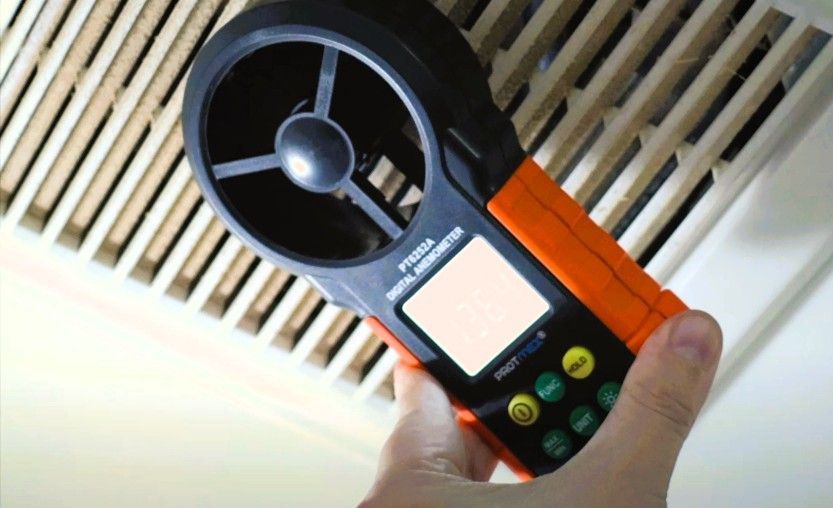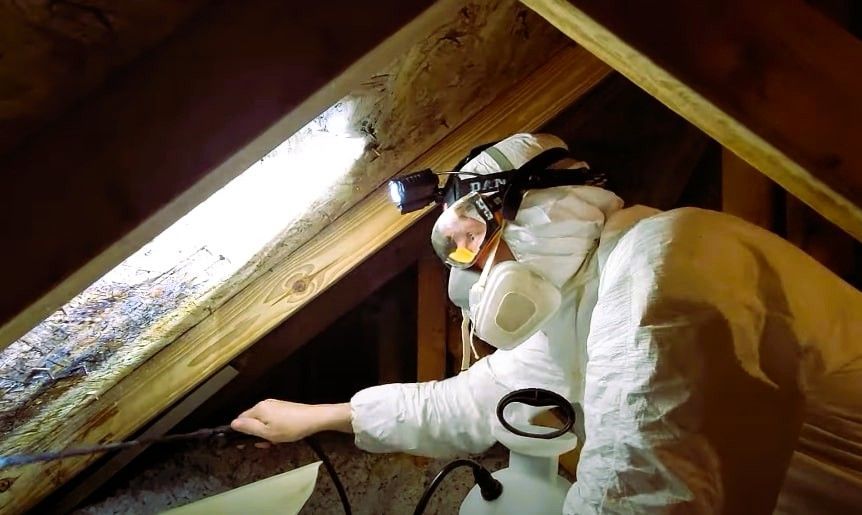Preventing Mold on Bedroom Walls & Ceilings
Discover the risks of bedroom mold and learn how to protect your space!
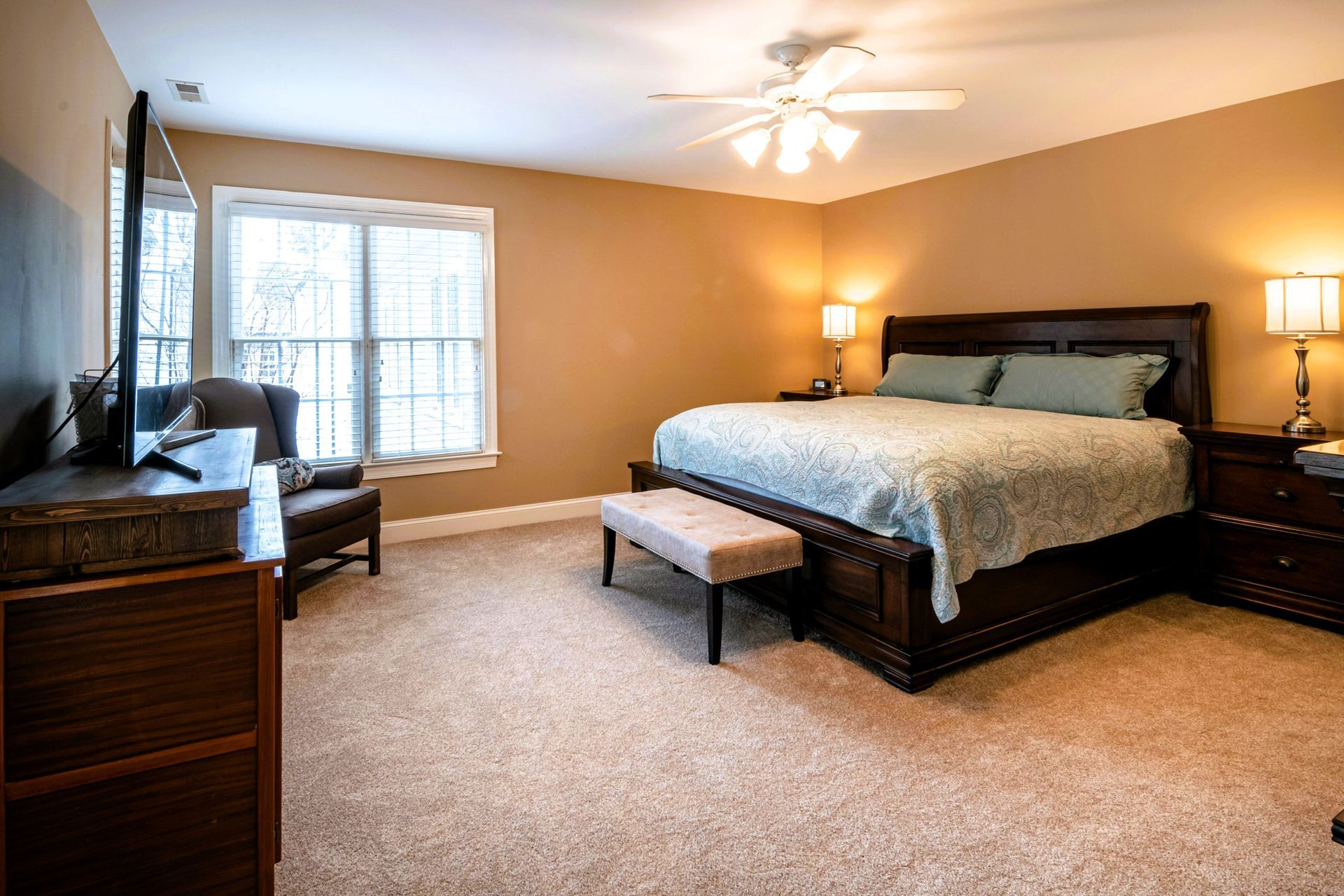
Image Source
Today, let's take a look at an insidious issue that often appears where we least expect it: mold in the bedroom. We know how dangerous and destructive mold can be to our well-being and home environment; however, did you realize that your own sleeping quarters are vulnerable too?
Mold spores can easily infiltrate not only our kitchens, bathrooms, attics and basements but also the walls and ceilings of our bedrooms - making bedroom mold just as prevalent if not more hazardous than other forms of mold.
What Causes Bedroom Mold?
Bedroom mold is an all-too-familiar issue that carries substantial health risks. Poor ventilation, spills or leaks, and hidden dampness caused by high humidity or condensation can all fuel its proliferation. Taking preventative steps to reduce these conditions within your home are critical in protecting yourself from potential harm due to bedroom mold growth.
Mold spores love moist areas, and they can quickly take root on porous materials like wallpaper, insulation, ceiling tiles or wood products. If any area remains damp for more than 48 hours after a spill or leak without being dried up properly it could become an ideal breeding ground for mold growth. Places with poor ventilation such as closets and behind furniture are especially vulnerable to the spread of mold in these conditions.
To protect your home from mold growth, it's essential to stay informed of potential causes that could trigger bedroom mold infestations. Taking proactive steps can help you avoid future issues and keep your space safe and healthy.
Now let's see what we can do about this pesky bedroom mold. Let's take a look at the root causes and then explore strategies to keep it away for good!
How to Prevent Bedroom Mold
Don't let mold take over your bedroom! With just a few steps, you can ensure that this unpleasant guest stays away. Here are five tips to help keep the air in your bedroom fresh and mold-free:
- Identify Problem Areas and Correct Them - Check for areas in your home that could be prone to moisture buildup, such as around windows, walls, and doors. Take preventive measures by sealing and insulating these locations to lessen the possibility of mold growth.
- Dry Wet Areas Immediately - If you have any wet spots or spills in your bedroom, make sure to dry them up right away. By doing this, not only will humidity levels be managed but mold growth will be thwarted.
- Increase Ventilation - Open windows and use exhaust fans when necessary to keep air circulating throughout your bedroom and reduce the risk of mold growth.
- Humidity Control - Monitor the humidity levels in your bedroom and try to keep them below 50%.
- Clean Regularly - Clean your bedroom regularly so dust, dirt, and other fungi don’t accumulate on surfaces that can support mold growth. Vacuum carpets and upholstery regularly and use natural cleaning solutions to reduce the amount of dust particles in your bedroom atmosphere.
Professional Mold Remediation
Despite your best attempts, an unwelcome mold infestation may invade your bedroom. Urgently contact certified mold remediation services to halt further damage and contamination before it worsens. Skilled technicians will survey the scene and take swift measures to oust any pre-existing molds from within your home.
At Grand Rapids Mold Relief, we have certified mold remediation experts to help you keep your bedroom safe and secure from any potential mold infestations.
Preventing mold in the bedroom is key to avoiding health risks and protecting your home. But with some proactive measures, you can rest easy knowing that your space is safe and mold-free!
Contact Grand Rapids
Mold Relief today for a free assessment of your living space!
